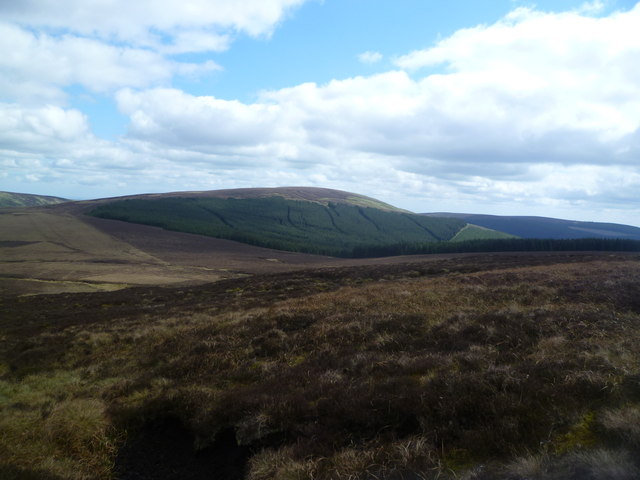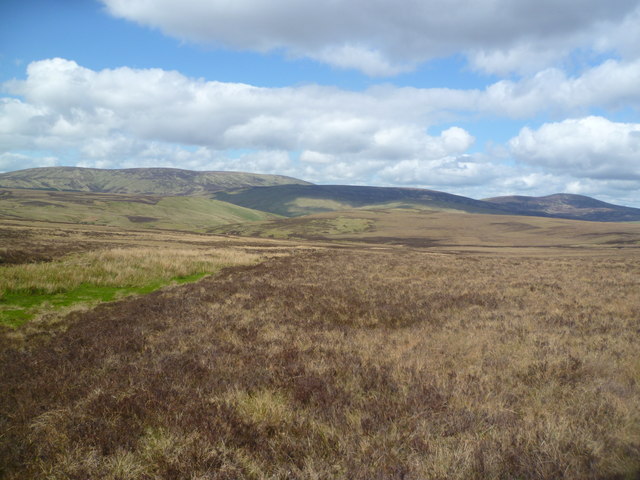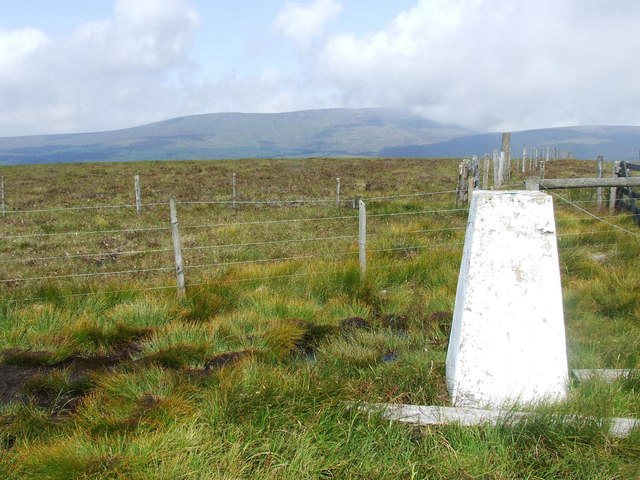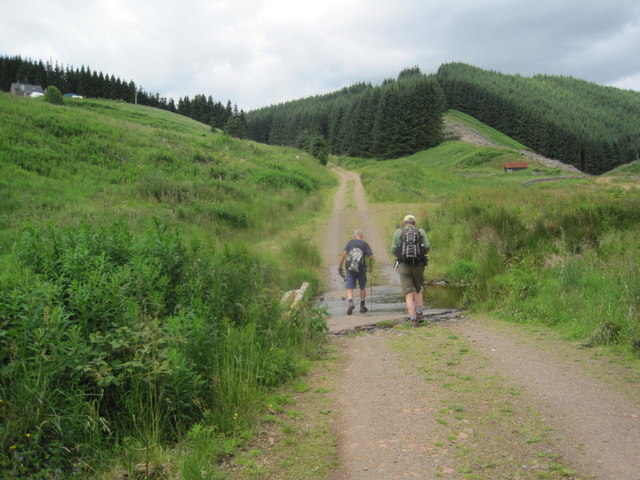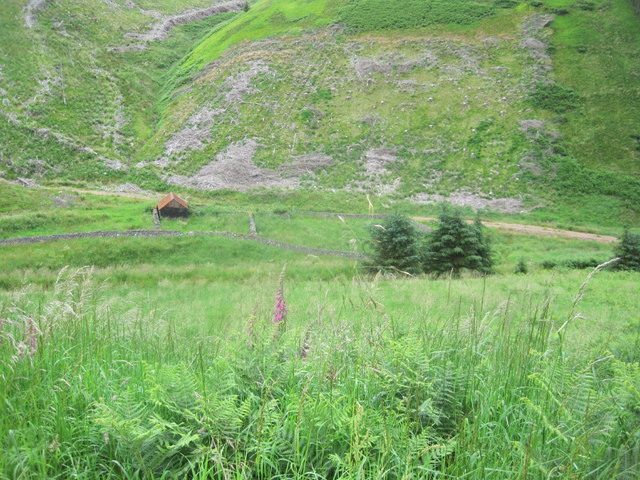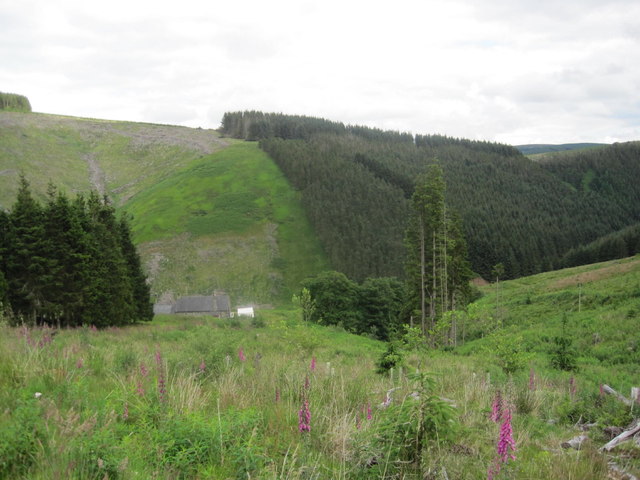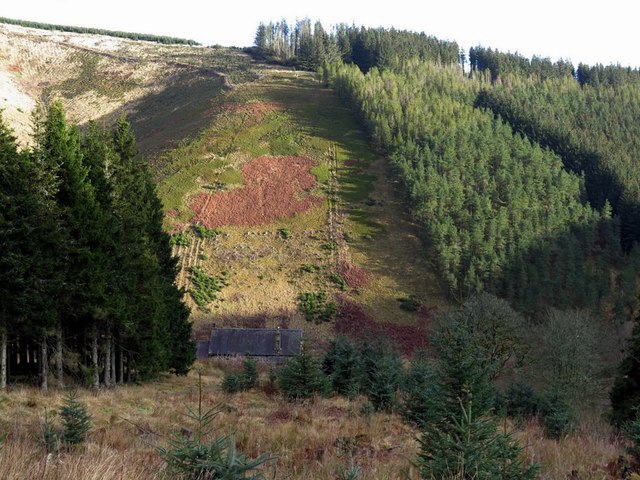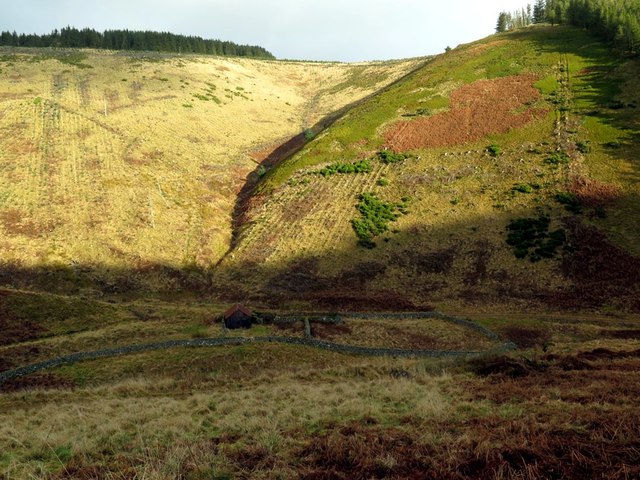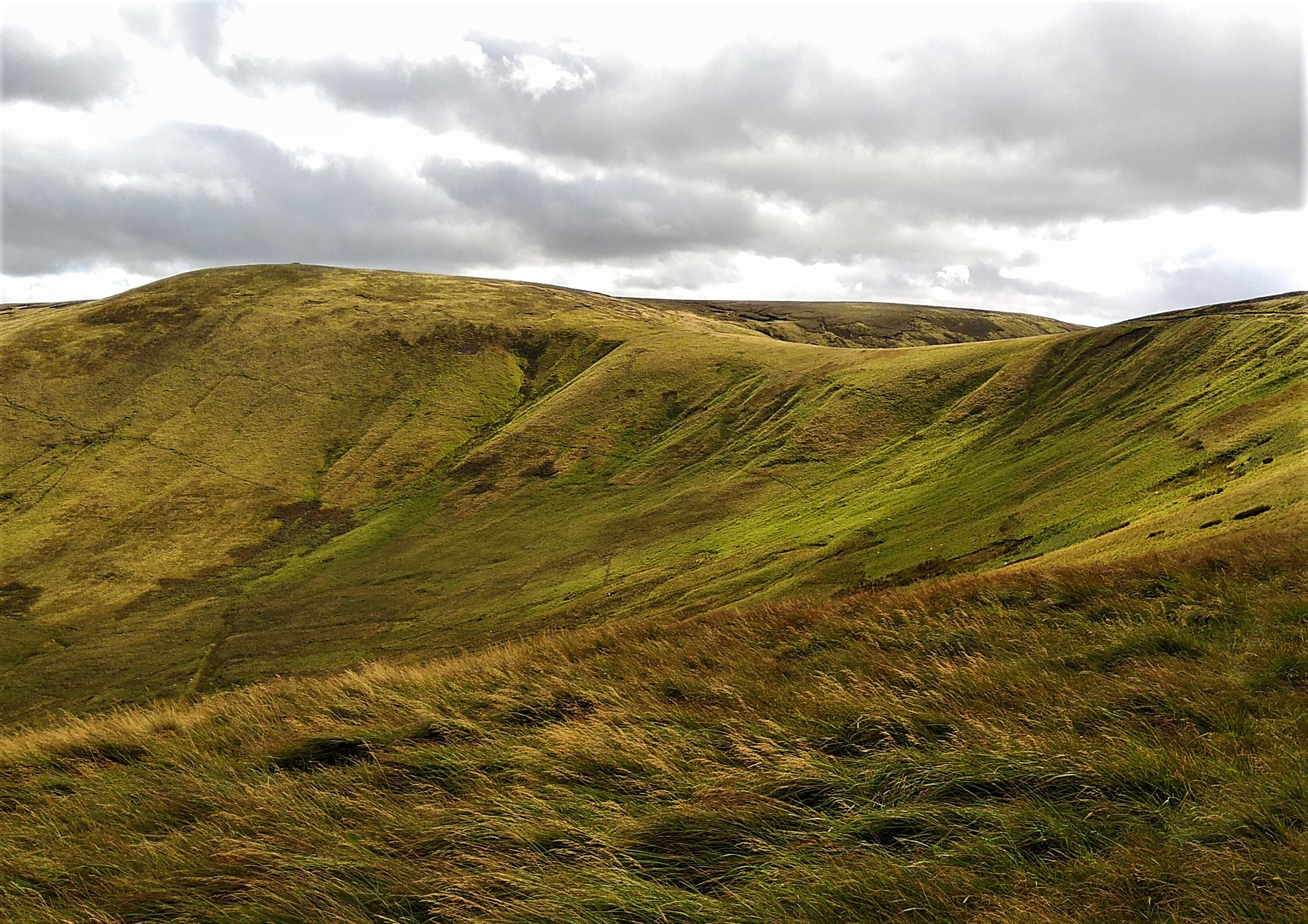Green Cleugh
Valley in Northumberland
England
Green Cleugh
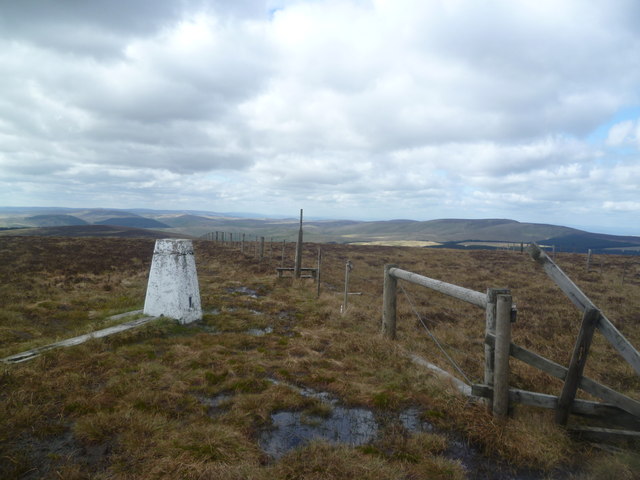
Green Cleugh is a picturesque valley located in the county of Northumberland, England. Situated amidst the stunning North Pennines, this hidden gem offers a serene and idyllic setting for visitors to explore.
The valley is nestled between rolling hills and is traversed by a meandering river, which adds to its natural charm. Lush green meadows, dotted with wildflowers during the summer months, stretch as far as the eye can see, creating a breathtaking landscape.
Green Cleugh is renowned for its diverse wildlife, making it a popular destination for nature lovers. The valley is home to a variety of bird species, including buzzards, skylarks, and peregrine falcons, making it a haven for birdwatchers. In addition, the river provides a habitat for otters and trout, adding to the biodiversity of the area.
For those seeking outdoor activities, Green Cleugh offers numerous opportunities for exploration and adventure. The valley is crisscrossed by walking trails, allowing visitors to discover its hidden nooks and crannies. Hiking enthusiasts can embark on challenging routes to the surrounding hills, providing breathtaking views of the valley from above.
The tranquility of Green Cleugh makes it an ideal spot for picnics and relaxation. Visitors can unwind by the riverside, enjoying the soothing sounds of nature and the calming atmosphere. The valley also offers several picnic spots, complete with benches and tables, providing a perfect setting for a leisurely lunch.
In summary, Green Cleugh in Northumberland is a stunning valley, rich in both natural beauty and biodiversity. With its meandering river, rolling hills, and abundant wildlife, it offers a peaceful retreat for nature enthusiasts and those seeking a break from the hustle and bustle of everyday life.
If you have any feedback on the listing, please let us know in the comments section below.
Green Cleugh Images
Images are sourced within 2km of 55.412017/-2.1598281 or Grid Reference NT8913. Thanks to Geograph Open Source API. All images are credited.
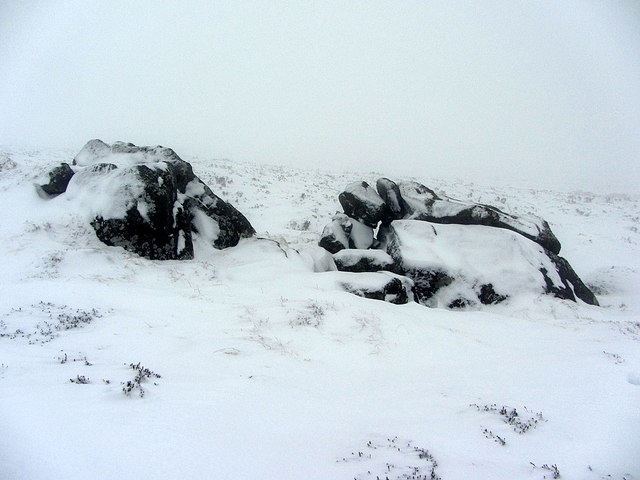
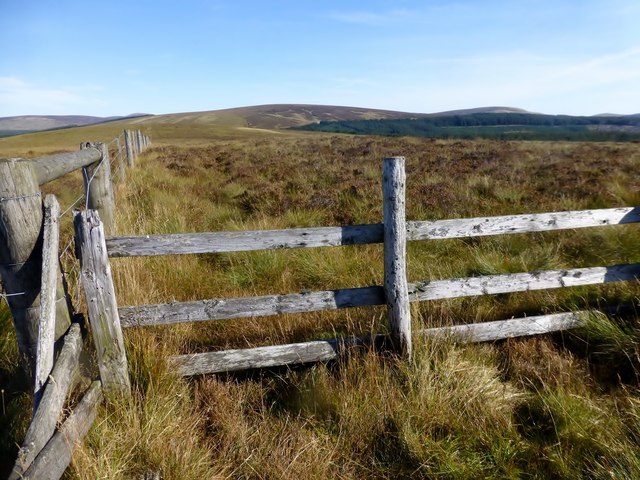
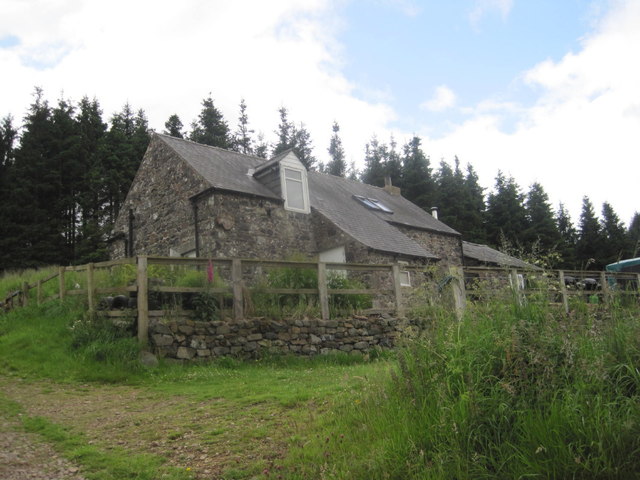
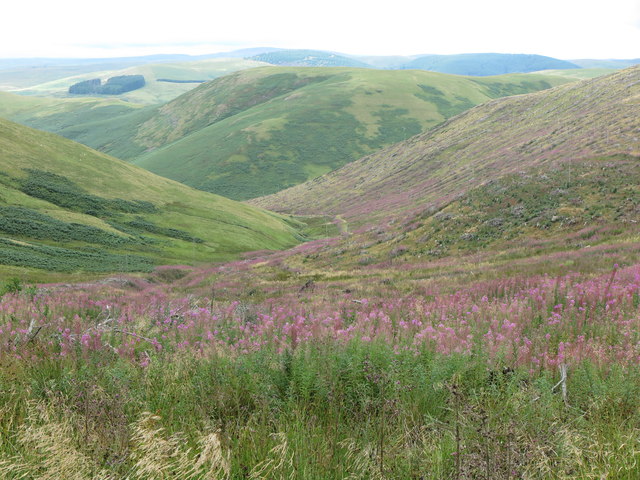
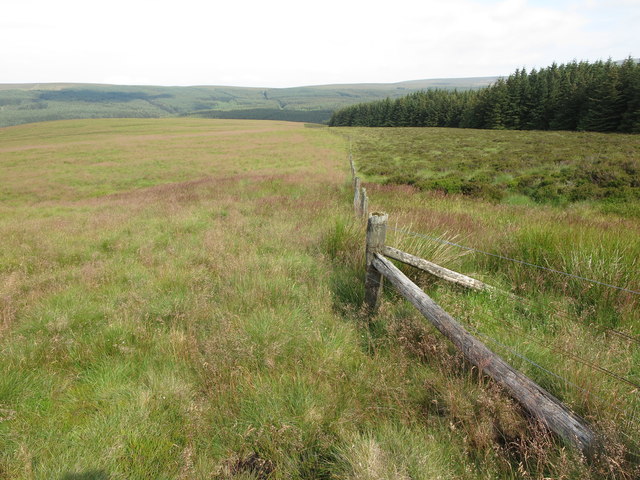
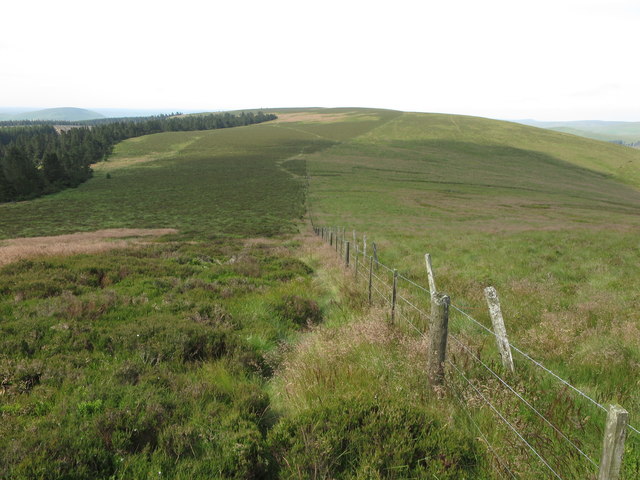
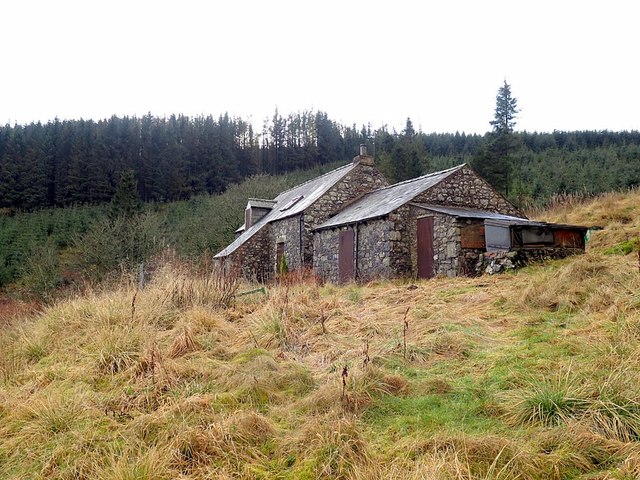
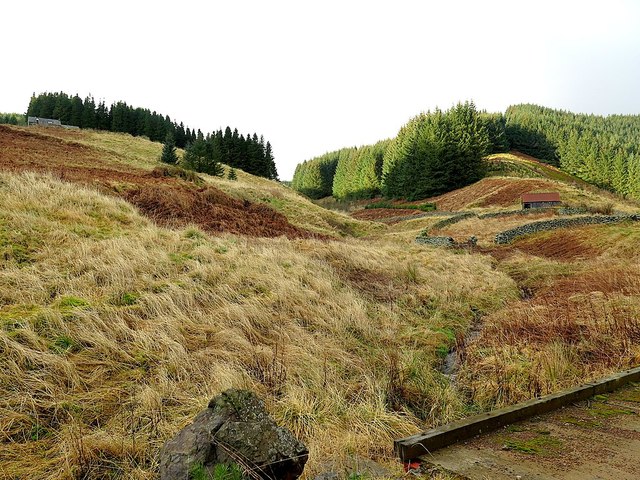
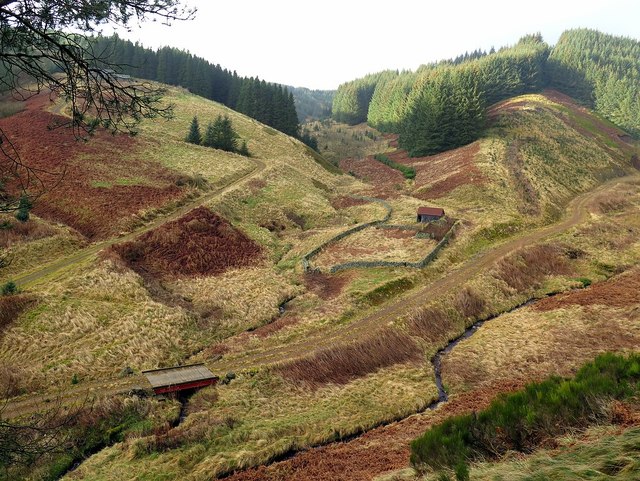
Green Cleugh is located at Grid Ref: NT8913 (Lat: 55.412017, Lng: -2.1598281)
Unitary Authority: Northumberland
Police Authority: Northumbria
What 3 Words
///windows.flagpole.frostbite. Near Kirknewton, Northumberland
Nearby Locations
Related Wikis
Kidland
Kidland is a former civil parish, now in the parish of Alwinton in Northumberland, England, about 2 miles (3 km) northwest of Alwinton village. In 1951...
Barrow Burn Meadows
Barrow Burn Meadows is a Site of Special Scientific Interest (SSSI) in north Northumberland, England. The site is a species-rich hay meadow of a sort now...
Barrow Burn
Barrowburn is a hamlet in Upper Coquetdale in the county of Northumberland, England. It comprises a working farm with associated buildings and two holiday...
Shillhope Law
Shillhope Law is a hill in the southern Cheviots, a range of hills in Northumberland, England. Shillhope Law is a relatively unremarkable member of this...
Windy Gyle
Windy Gyle is a mountain in the Cheviot Hills range, on the border between England and Scotland. Like the other hills in the area, it is rounded and grass...
Usway Burn
The Usway Burn is an upland river on the southern flanks of the Cheviot Hills, in the Northumberland National Park, England. It is a tributary of the River...
Clennell, Northumberland
Clennell is a small village and as Clennel, a former civil parish, now in the parish of Alwinton, in Northumberland, England. It is about 1 mile (1.6 km...
Clennell Hall
Clennell Hall is an historic manor house, now operated as a country hotel, situated at Clennell, near Alwinton, Northumberland, England. It is a Grade...
Have you been to Green Cleugh?
Leave your review of Green Cleugh below (or comments, questions and feedback).
